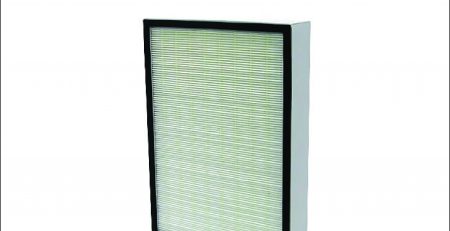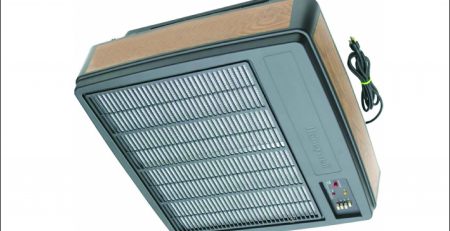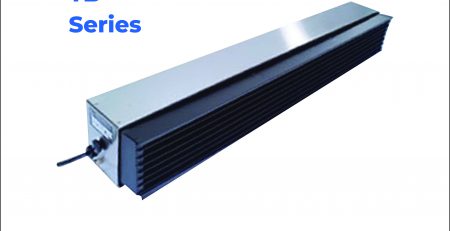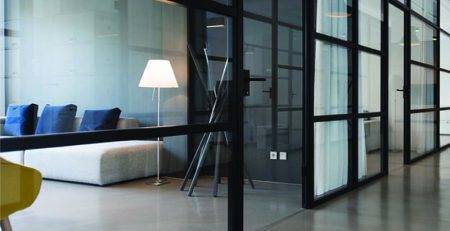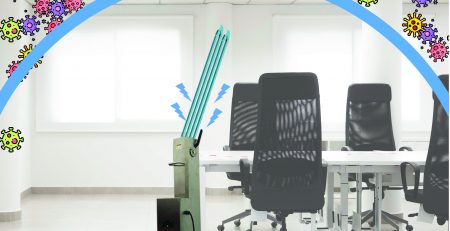Ultraviolet (UV) Light
AAQ offers high intensity commercial UVC sterilizers and disinfection lamps. Our range of products uses Quartz glass and not Borosilicate glass (as used in fluorescent lamps) for highest transmittance of UVC light intensity and high resistance to high temperature, chemicals and offers good insulation.
THE SCIENCE OF ULTRAVIOLET (UV) LIGHT
UV-A is the least harmful and most commonly found type of UV light, because it has the least energy. UV-A light is often called black light, and is used for its relative harmlessness and its ability to cause fluorescent materials to emit visible light – thus appearing to glow in the dark. Most phototherapy and tanning booths use UV-A lamps.
UV-B is typically the most destructive from of UV light, because it has enough energy to damage biologic tissues, yet not quite enough to be completely absorbed by the atmosphere. UV-B is known to cause skin cancer. Since most of the extraterrestrial UV-B light is blocked by the atmosphere, a small change in the ozone layer could dramatically increase the danger of skin cancer.
Short wavelength UV-C is almost completely absorbed in air within a few hundred meters. When UV-C photons collide with oxygen atoms, the energy exchange causes the formation of ozone. UV-C is almost never observed in nature, since it is absorbed so quickly. Germicidal UV-C lamps are often used to purify air and water, because of their ability to kill bacteria.

